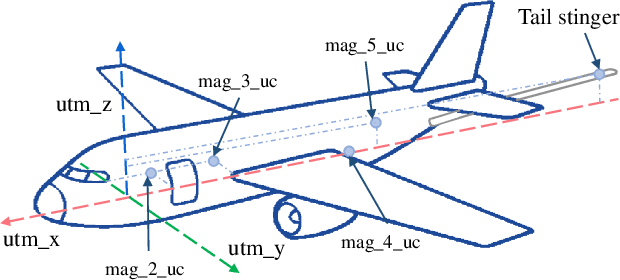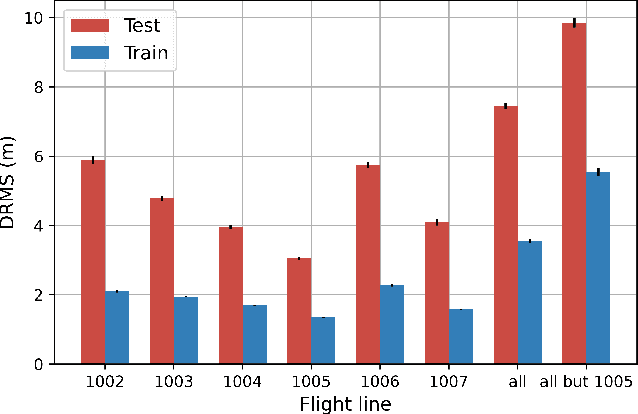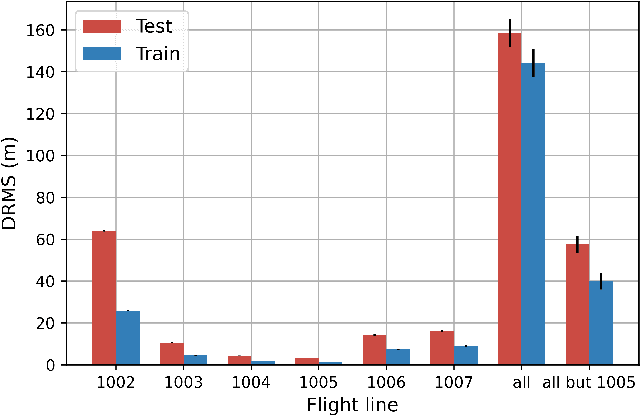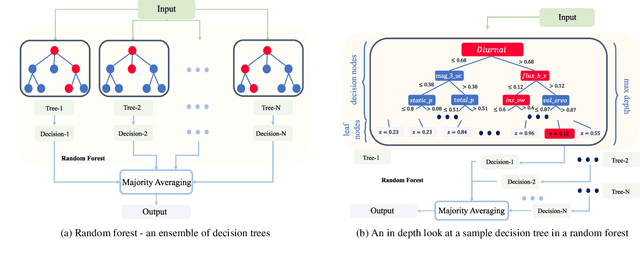Random forests for detecting weak signals and extracting physical information: a case study of magnetic navigation
Paper and Code
Feb 21, 2024



It was recently demonstrated that two machine-learning architectures, reservoir computing and time-delayed feed-forward neural networks, can be exploited for detecting the Earth's anomaly magnetic field immersed in overwhelming complex signals for magnetic navigation in a GPS-denied environment. The accuracy of the detected anomaly field corresponds to a positioning accuracy in the range of 10 to 40 meters. To increase the accuracy and reduce the uncertainty of weak signal detection as well as to directly obtain the position information, we exploit the machine-learning model of random forests that combines the output of multiple decision trees to give optimal values of the physical quantities of interest. In particular, from time-series data gathered from the cockpit of a flying airplane during various maneuvering stages, where strong background complex signals are caused by other elements of the Earth's magnetic field and the fields produced by the electronic systems in the cockpit, we demonstrate that the random-forest algorithm performs remarkably well in detecting the weak anomaly field and in filtering the position of the aircraft. With the aid of the conventional inertial navigation system, the positioning error can be reduced to less than 10 meters. We also find that, contrary to the conventional wisdom, the classic Tolles-Lawson model for calibrating and removing the magnetic field generated by the body of the aircraft is not necessary and may even be detrimental for the success of the random-forest method.
 Add to Chrome
Add to Chrome Add to Firefox
Add to Firefox Add to Edge
Add to Edge